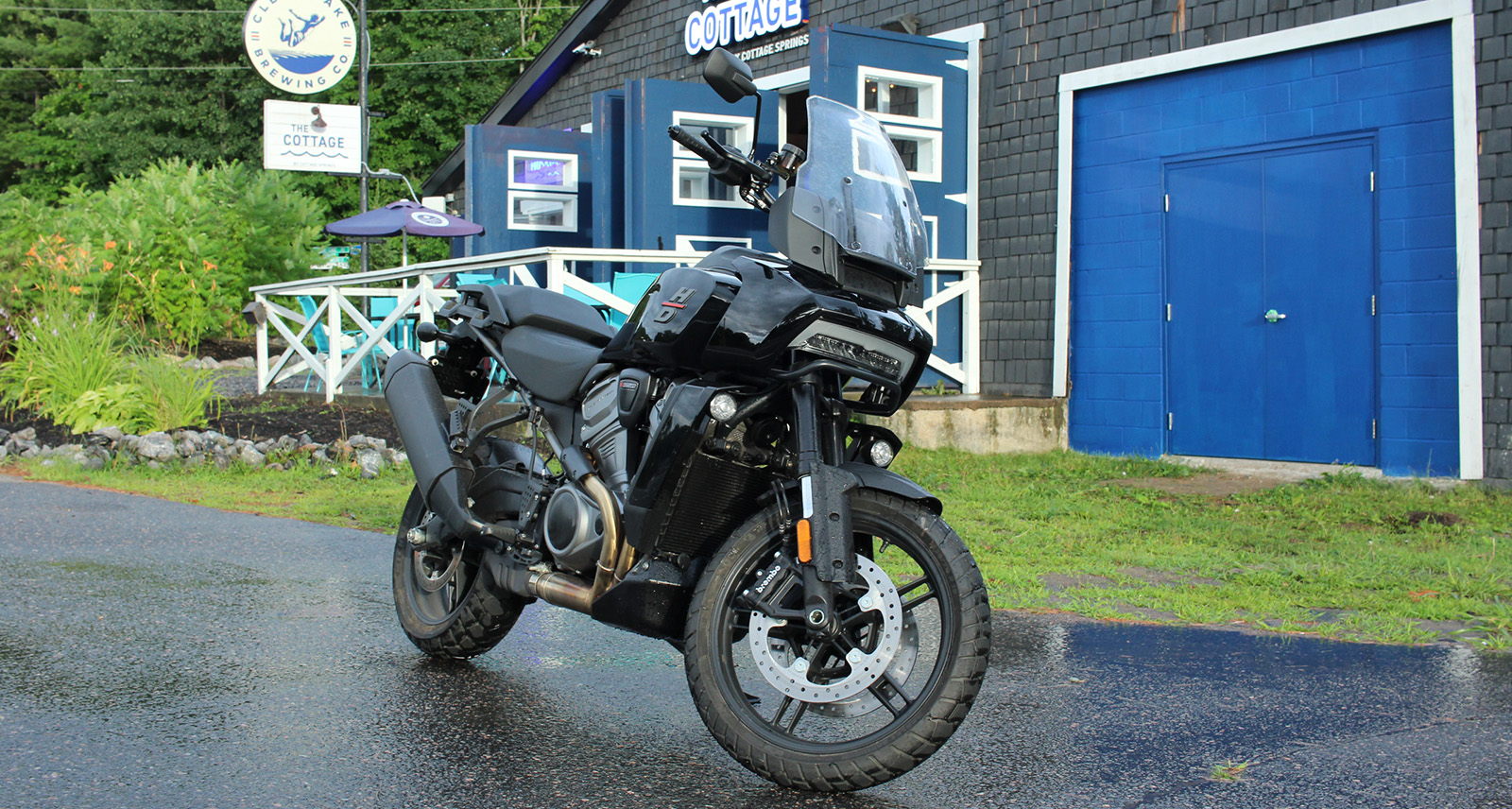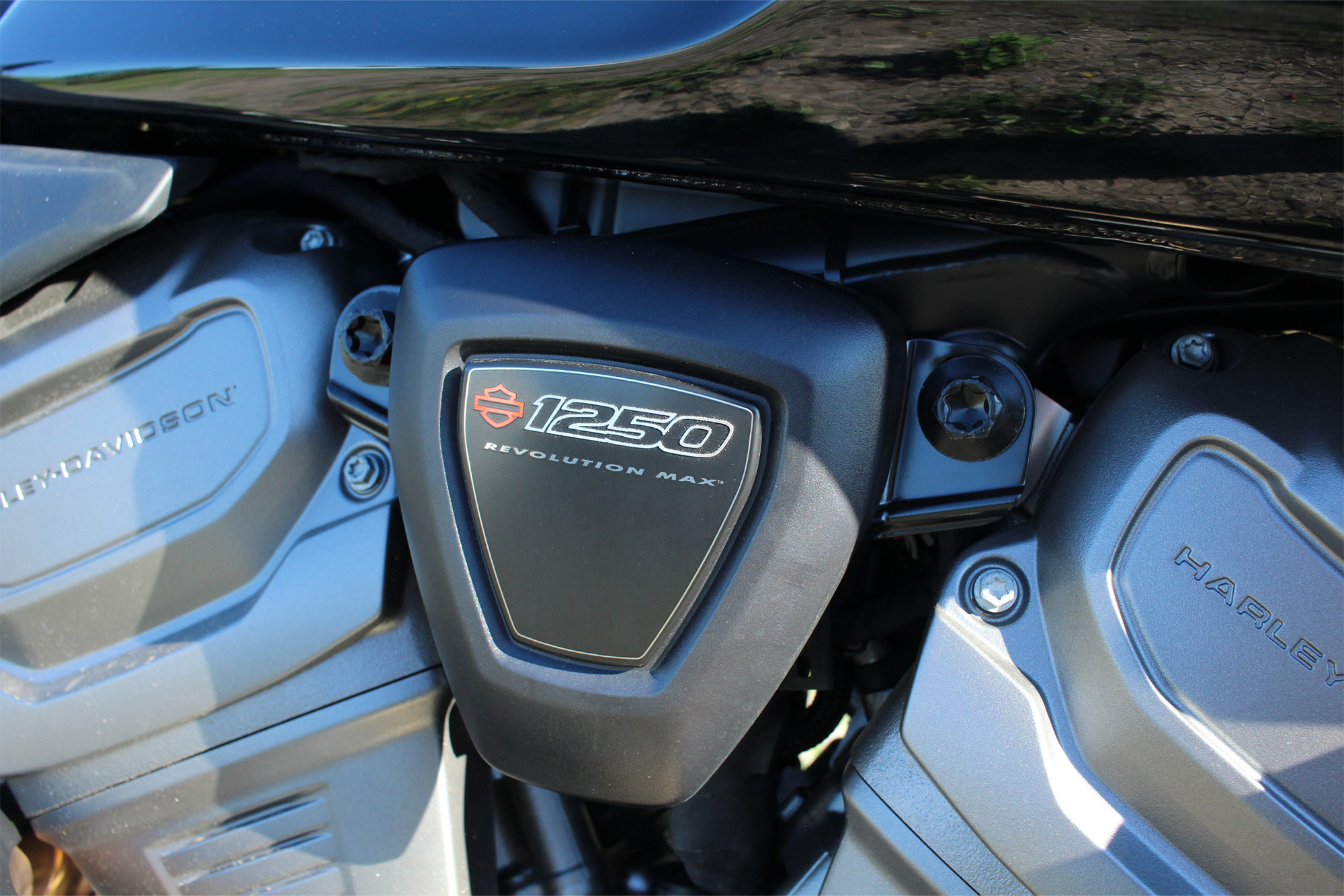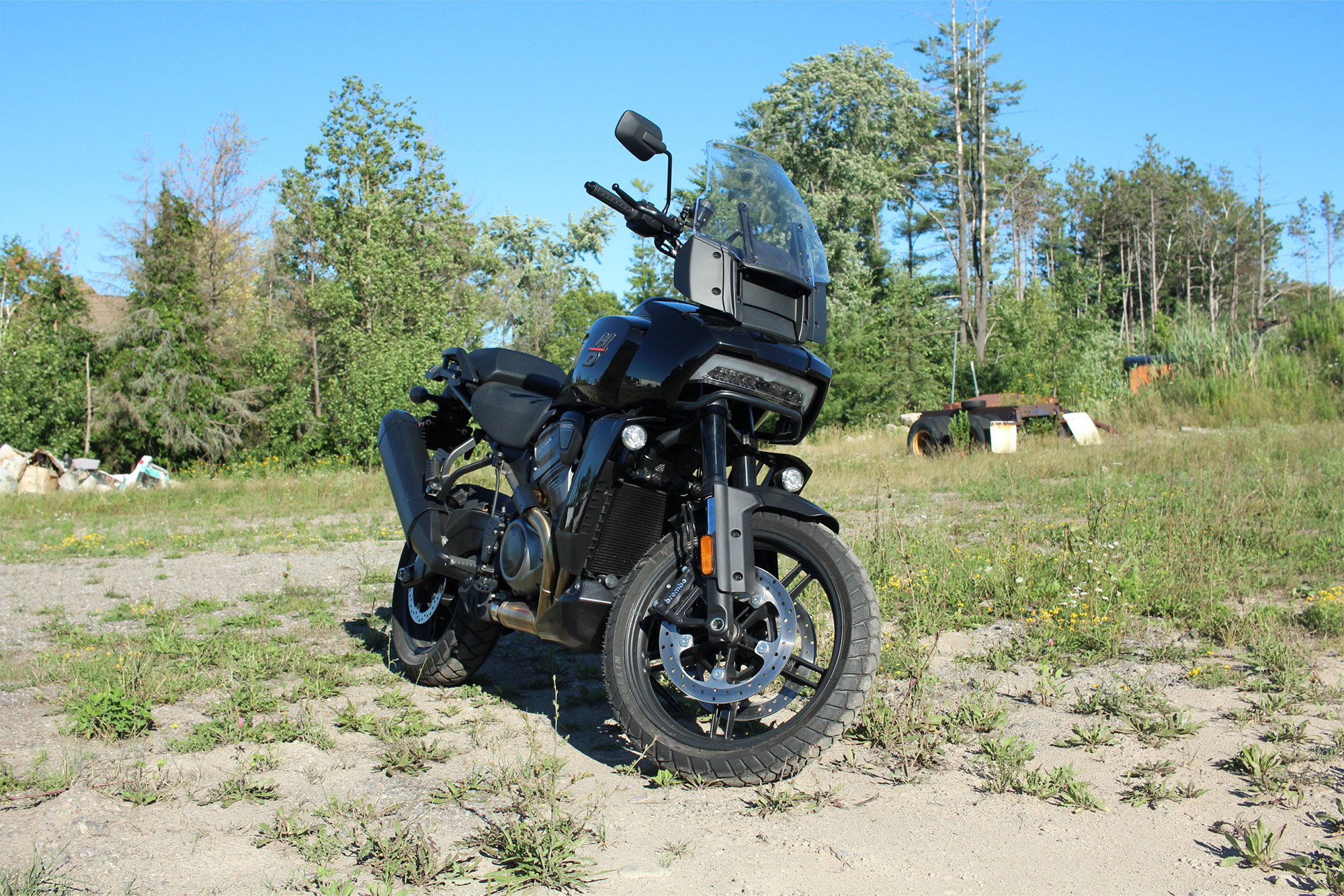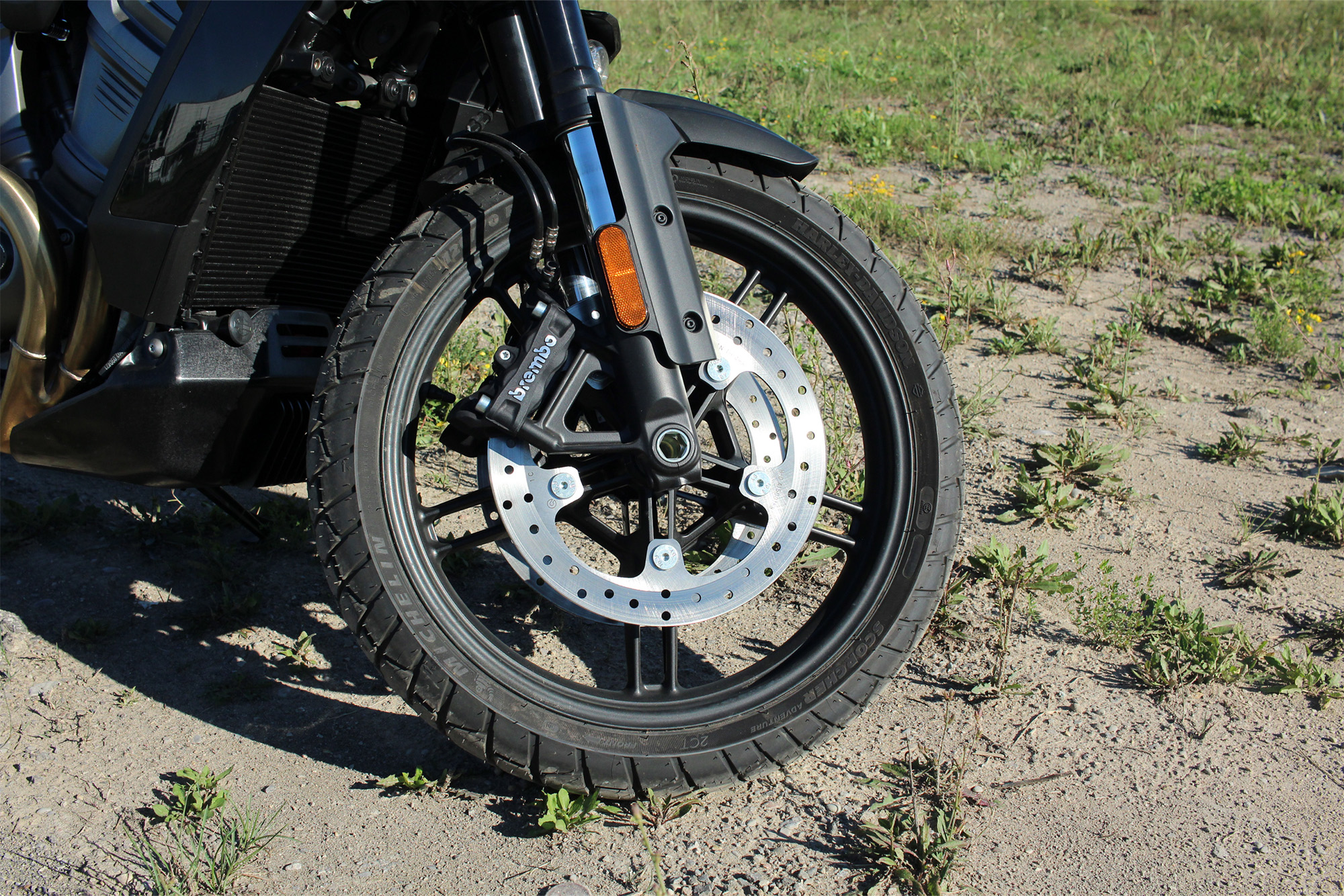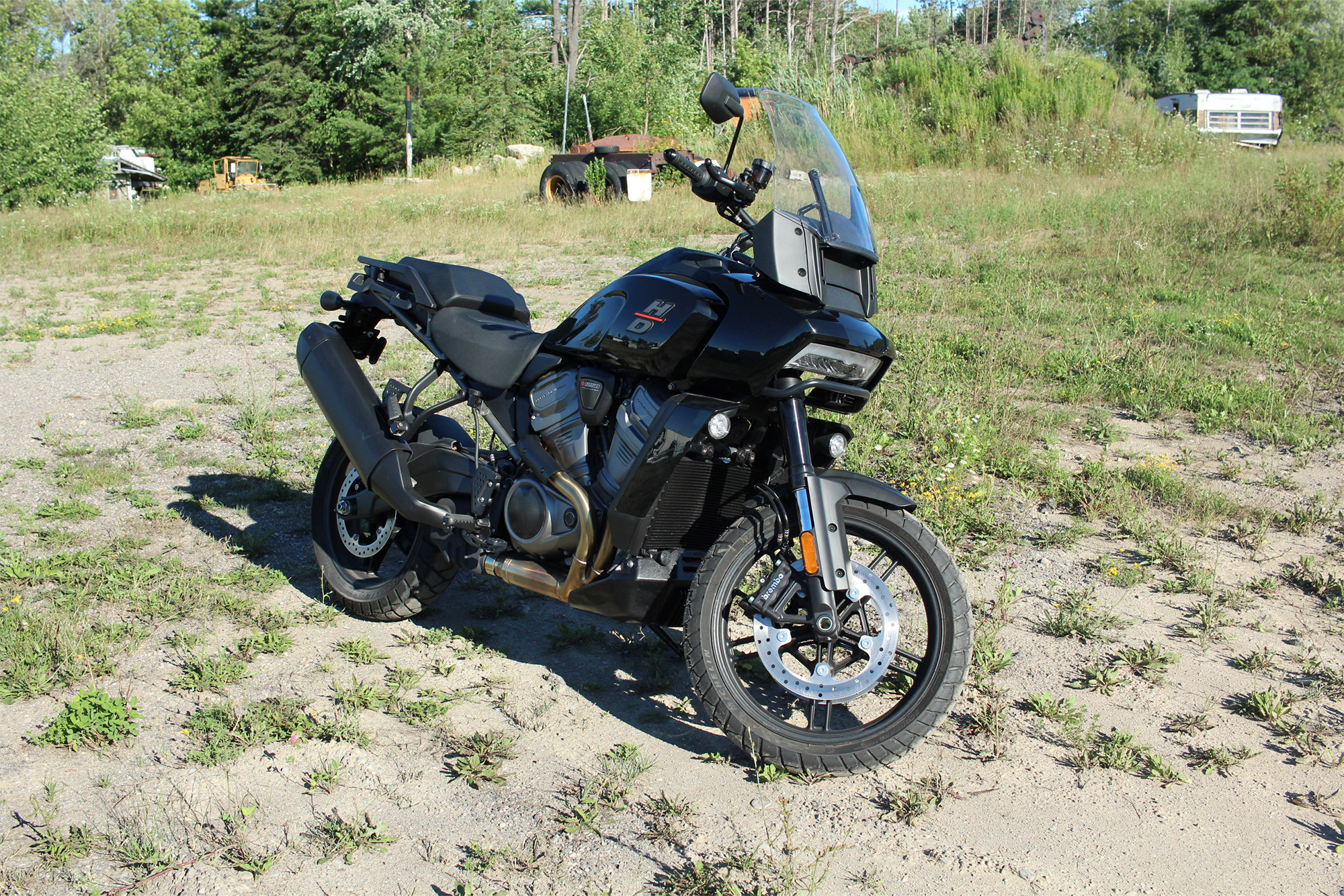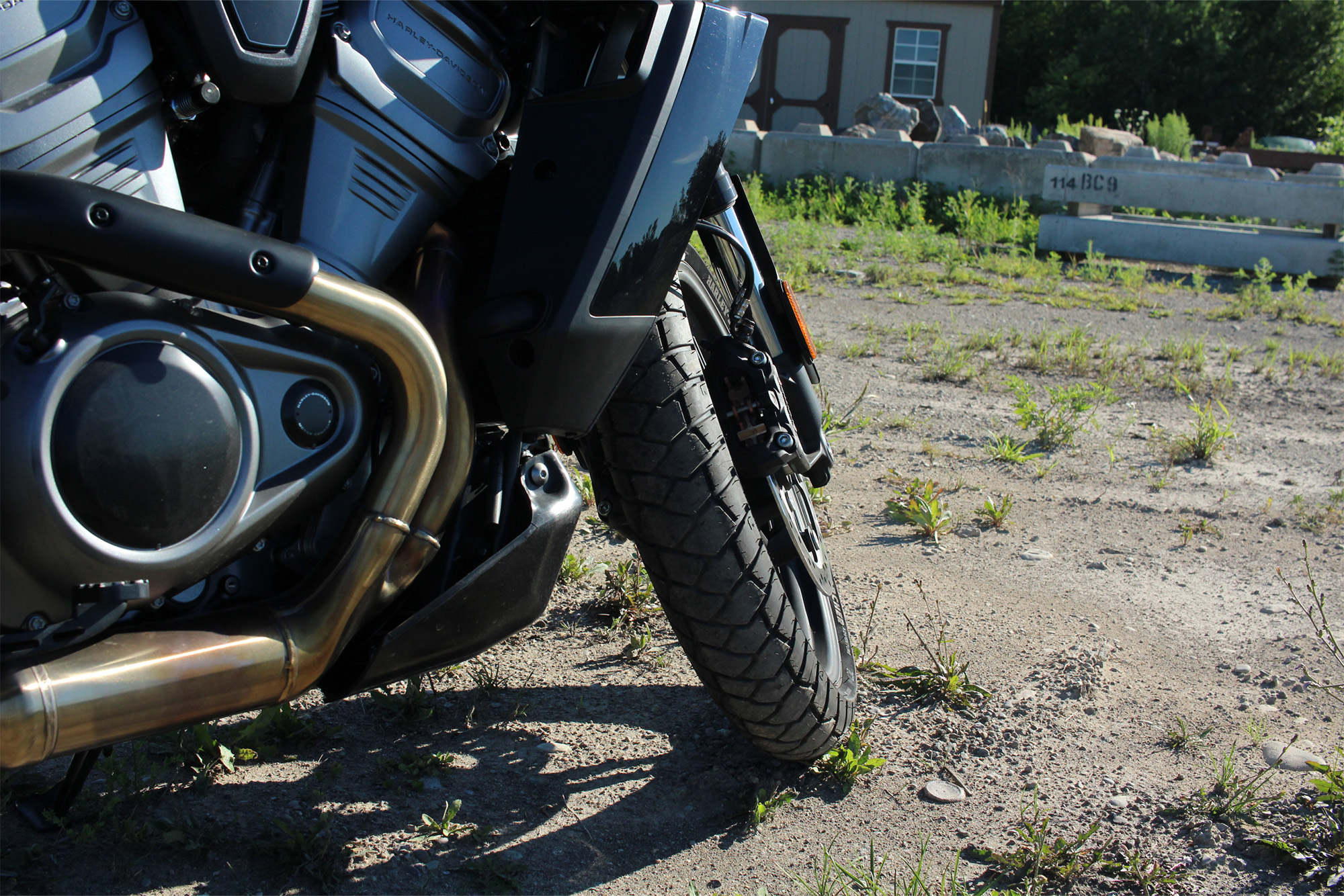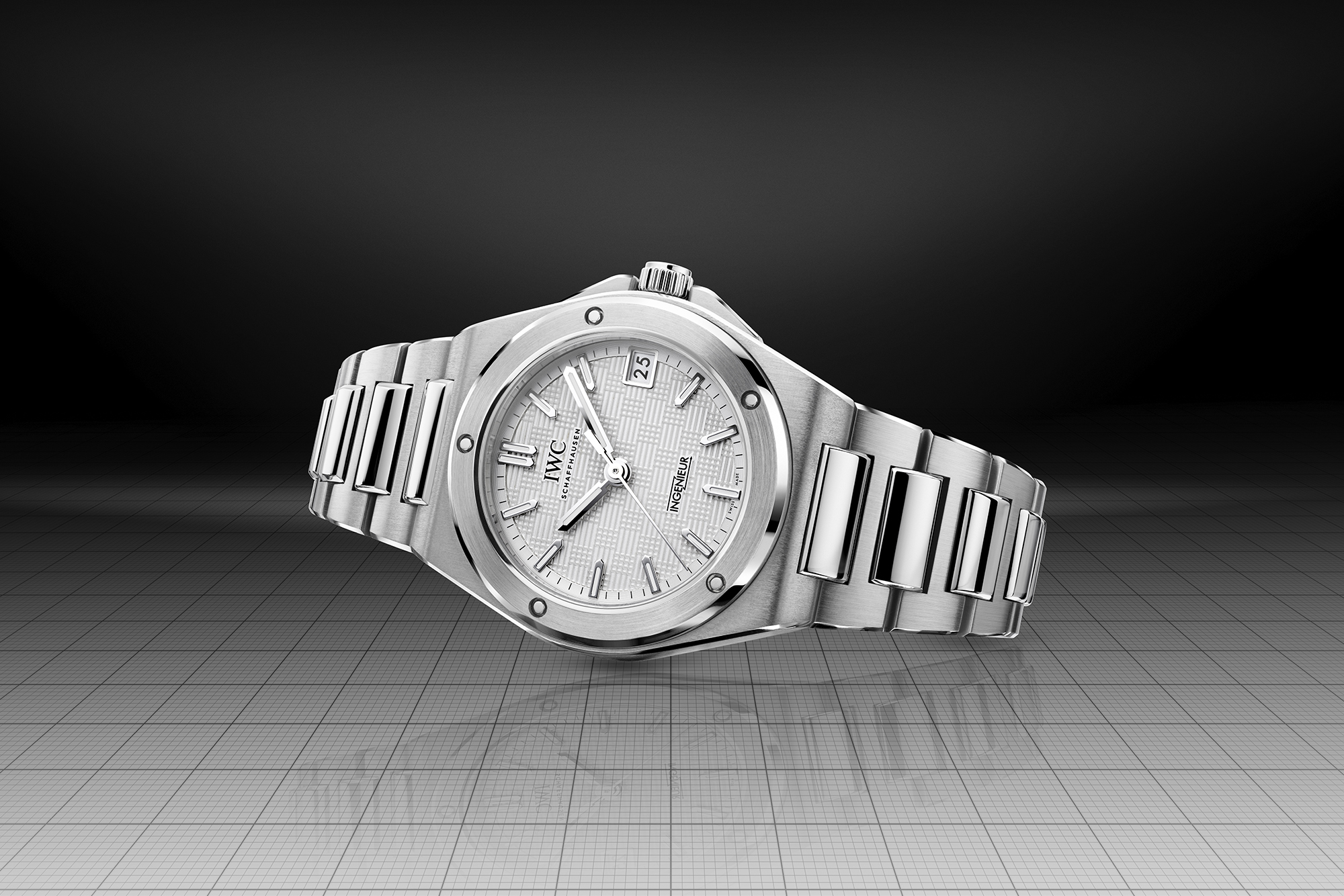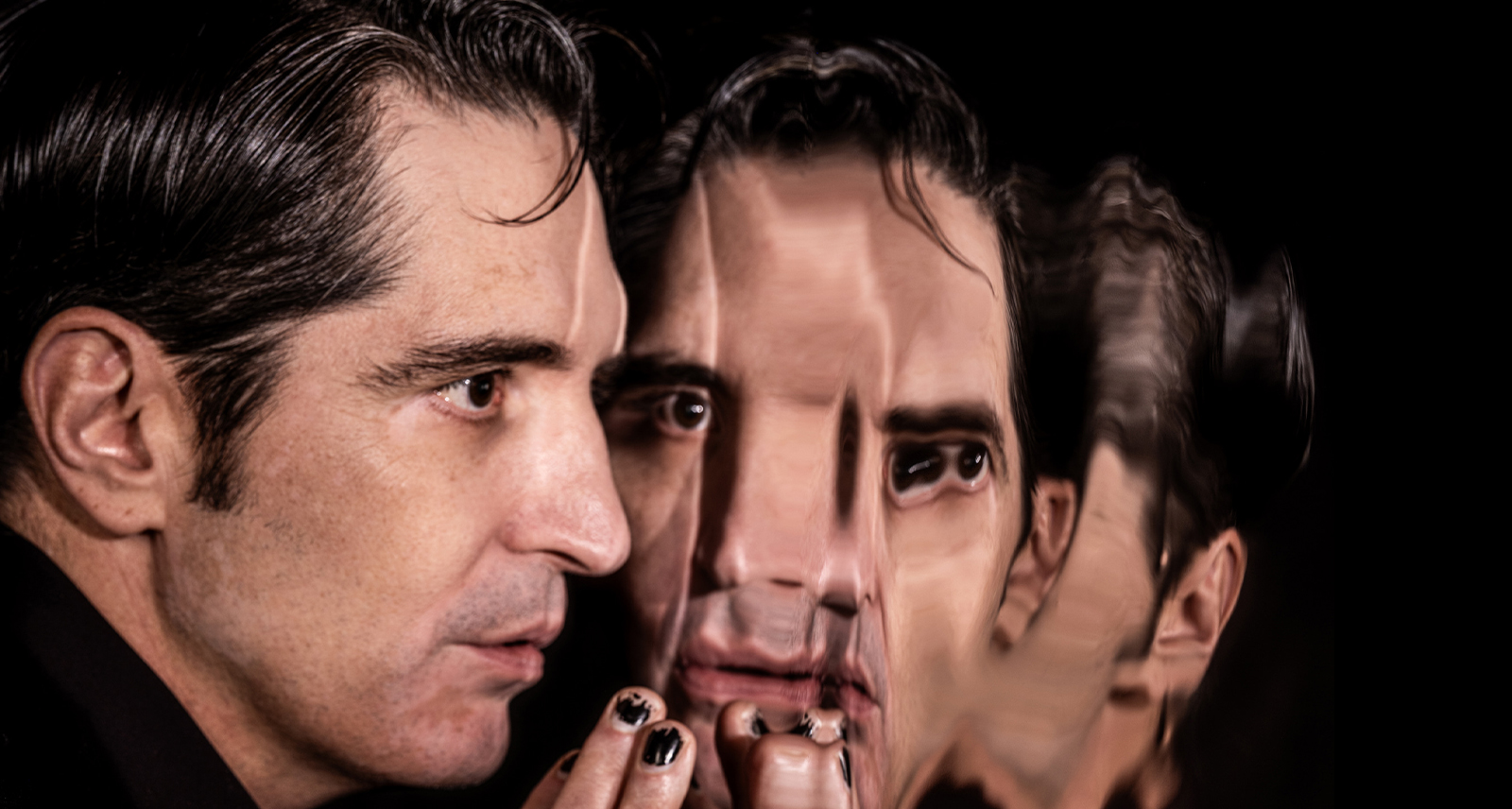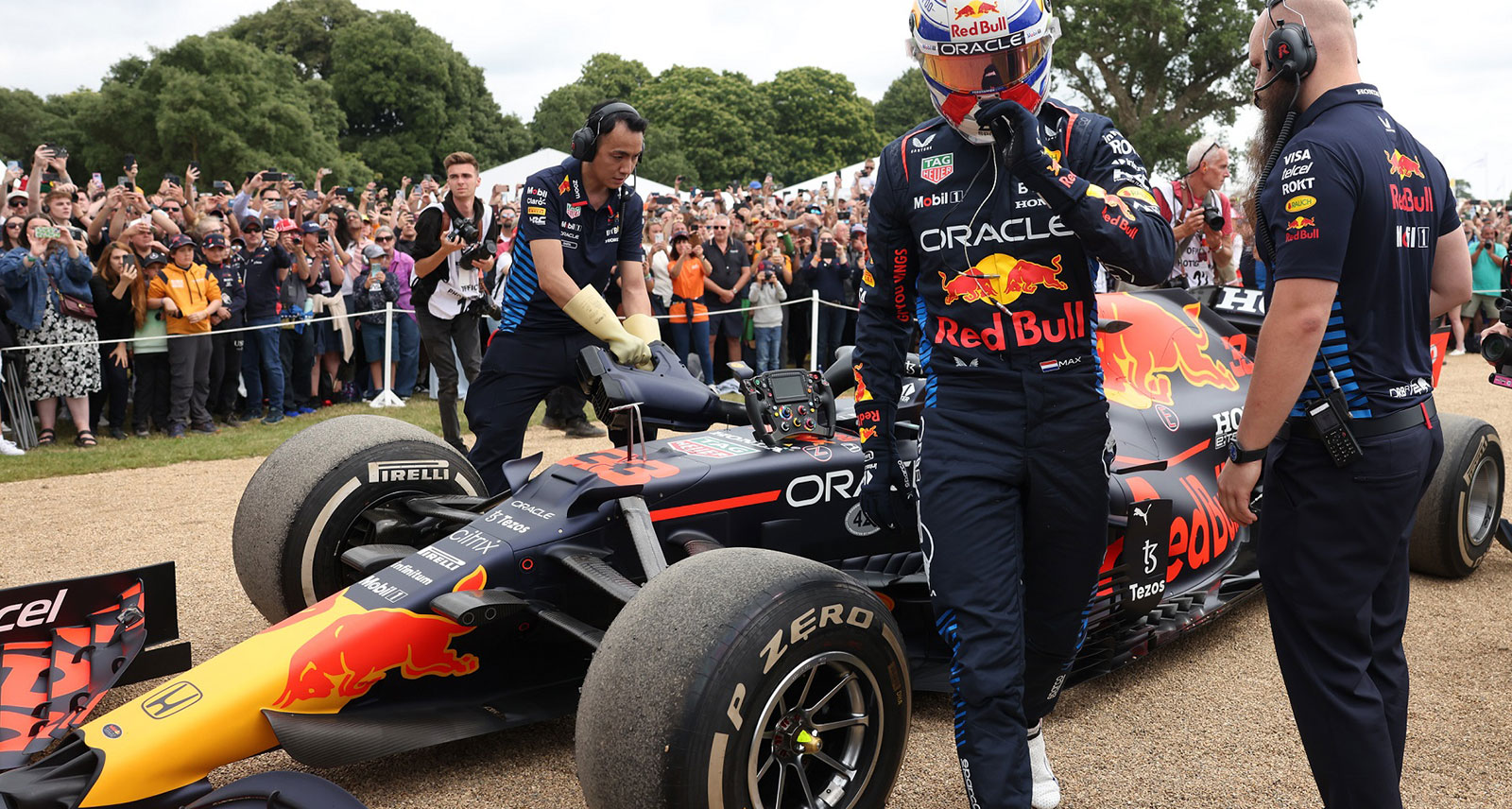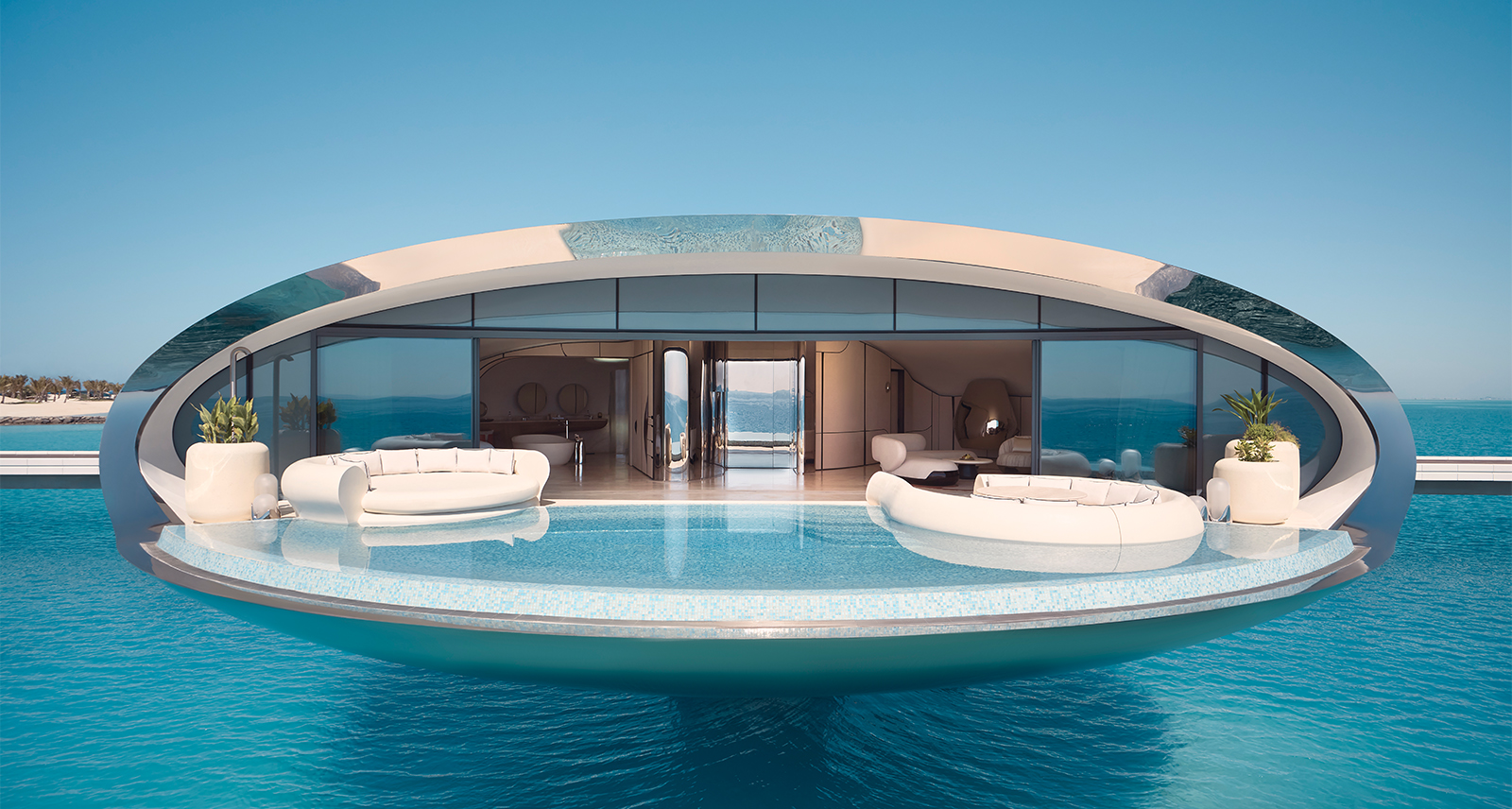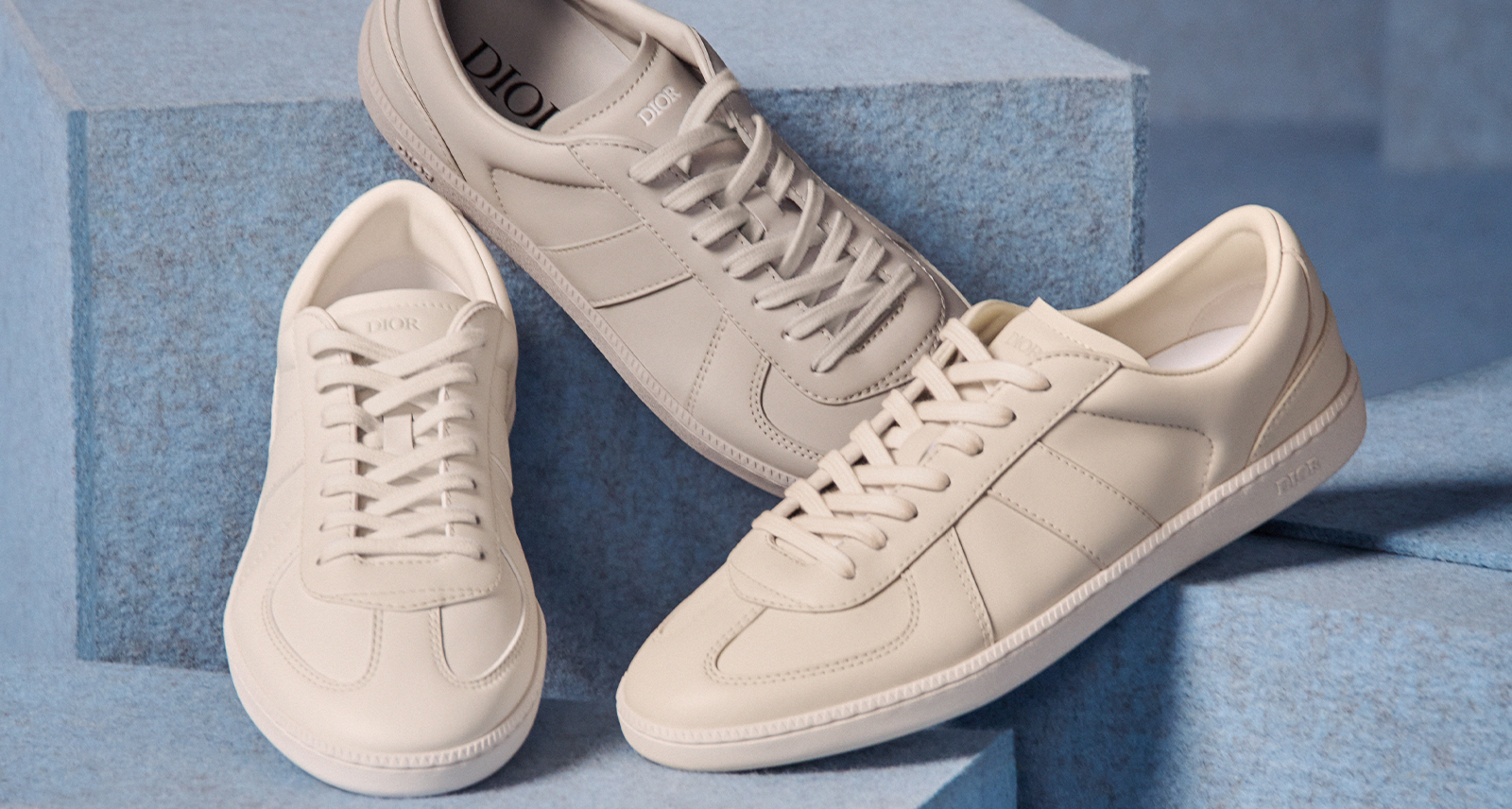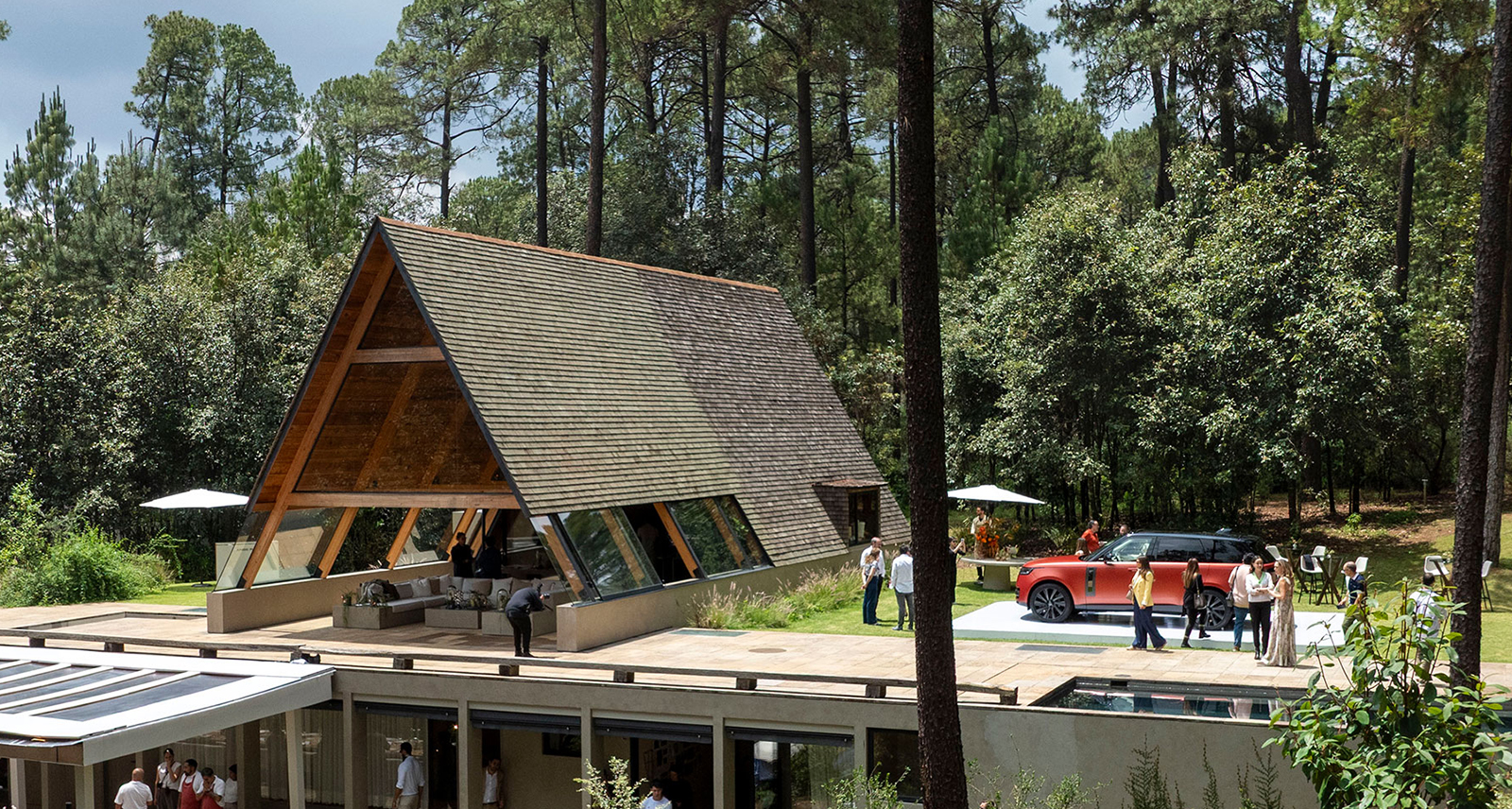This Harley-Davidson Adventure Bike Has Tricks Up its Sleeve
On the motorcycle spectrum there are several “camps”, so to speak. You’ve got your sportbikes, your tourers, your cruisers, and generally speaking every camp finds a way to talk trash about Harley. Why? It’s the classic, it’s the legend, it’s the legacy of gang lore; sometimes it’s also their ability to vibrate themselves to pieces. I’m the first to admit I’ve cracked wise about them myself more than once, but since the Pan America 1250 Special first hit the streets in 2020, I’ve been cautiously comfortable with changing my tune.
You see, while I’ve never been one for the big bad slabs of iron that Harley typically offers, adventure bikes like the Pan America tick all the right boxes. It’s that combination of comfort for long haul riding, and the ability to head off pavement that make this thing perfect for Canada from coast to coast. Given the opportunity for some seat time last fall — yes, it’s taken too long to take this archive of notes from scrapbook to actual story — I took the Harley-Davidson Pan America 1250 Special from Toronto to Muskoka for a proper shakedown.
So, why a Pan America? Why now? Well, Harley’s scene, much as they diversify their road-going models, will only reach so far. You either buy into the big American brawn ethos or you don’t. Meanwhile, the adventure category is ever-growing, and its competitive field is relatively narrow. You’ve got your lighter, smaller dual-sport bikes, and then you gave a handful of big adventure bikes to choose from. Given the combination of engine size and distance capability that Harley-Davidson typically aims for, its adventure variant could really only have one major competitor — BMW’s famed GS adventure bikes. It’s a simple equation when distilled.
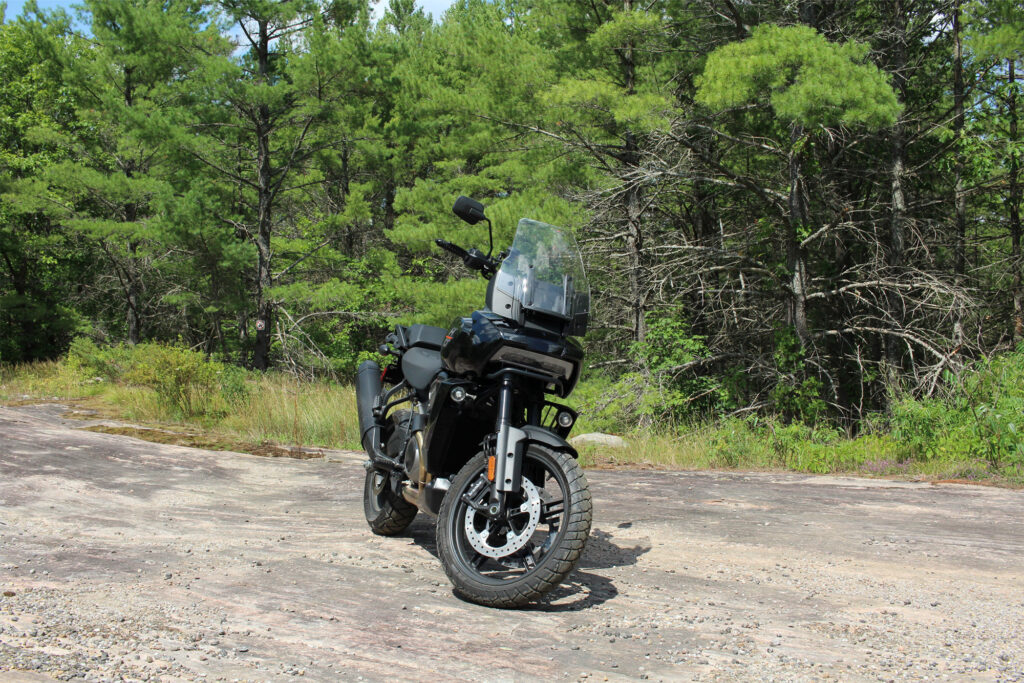
Packing a rather modern 1,250cc V-twin, the Pan America has all the grunt you really need for a lengthy highway cruise, with a cushy seat, neutral riding position, highway-friendly gearing, and adjustable windscreen to keep you comfortable when logging miles. Torque develops quickly and its clutch is light yet connected, making lower speed maneuvering comfortable and relatively effortless once things start getting a bit bumpy. While I didn’t take the Pan America through deep mud, or Dakar-like desert conditions, I did get in enough time off pavement to put it through some rudimentary paces. Even though it’s far from a featherweight in the category, it remains incredibly stable when things get slippy; it’ll happily hang a tail out on command, and its big ABS-equipped Brembo stoppies will reign you back in without much fuss.
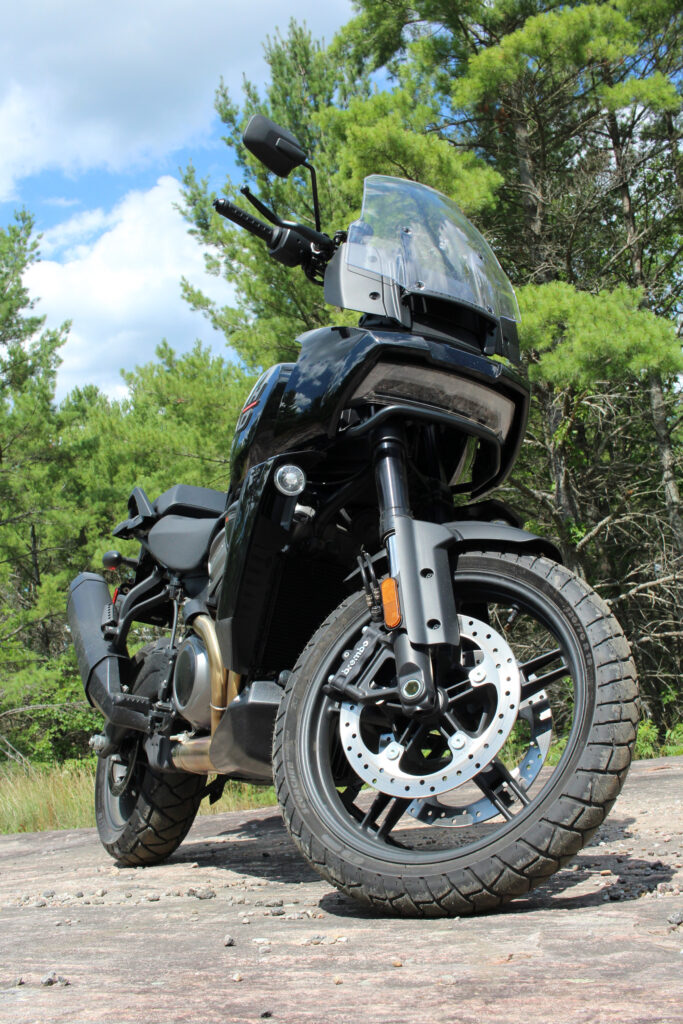
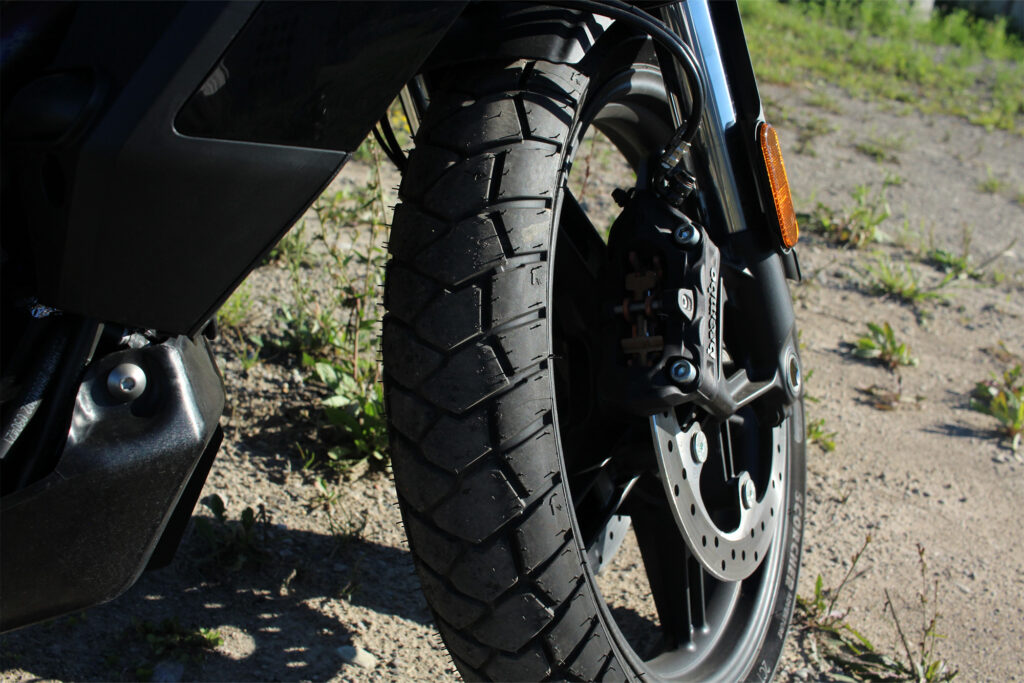
On the tech side, the large 6.8″display has full connectivity for smartphones, allowing for relatively seamless navigation integration into the screen. While I’m not one for “tech while riding”, there’s certainly some benefit to be had here. Connection aside, its display can be customized to a user’s content. I still don’t quite get why moto brands are integrating touchsreen capabilities (given that all riders should be wearing gloves), but again, its a bonus that some will appreciate. Additionally, still on the tech front, the Pan America has a full LED lighting system that delivers ample lighting should your journey turn from day to night.
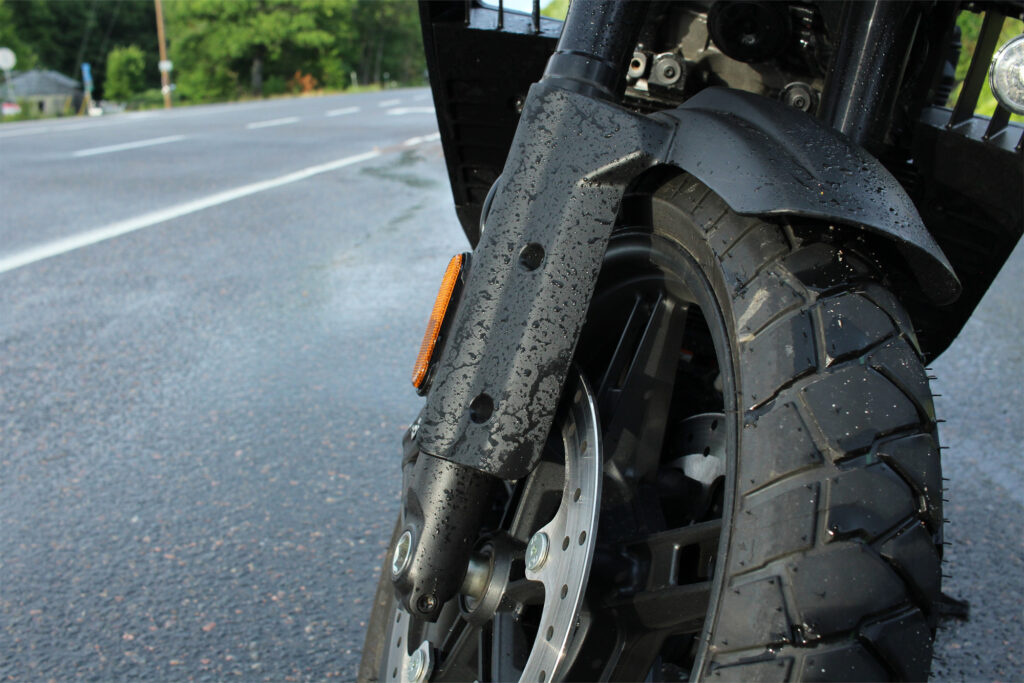
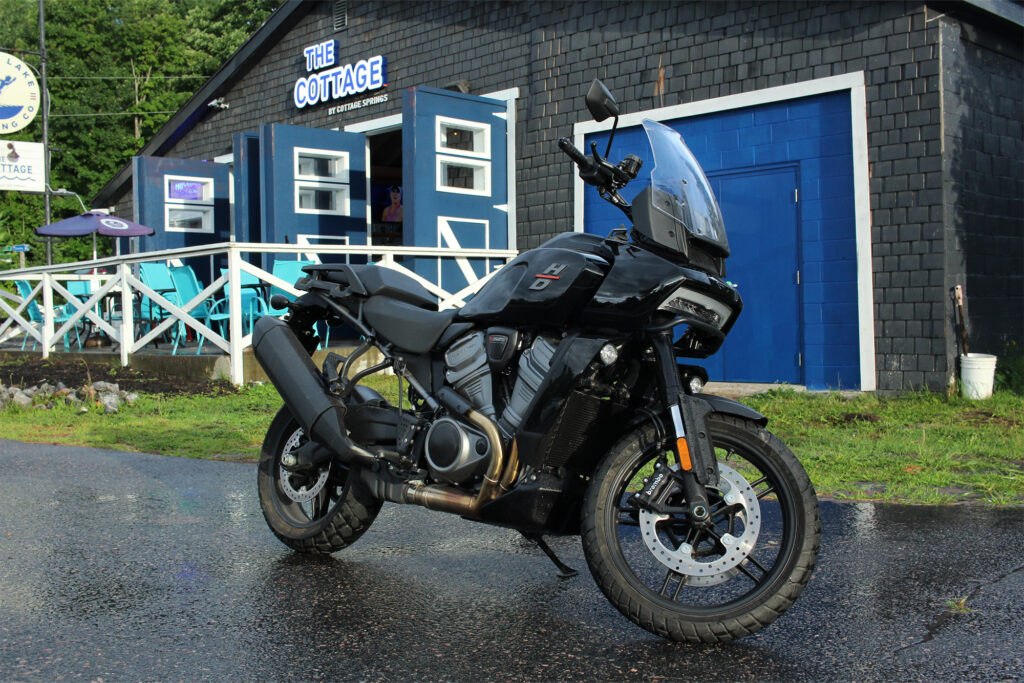
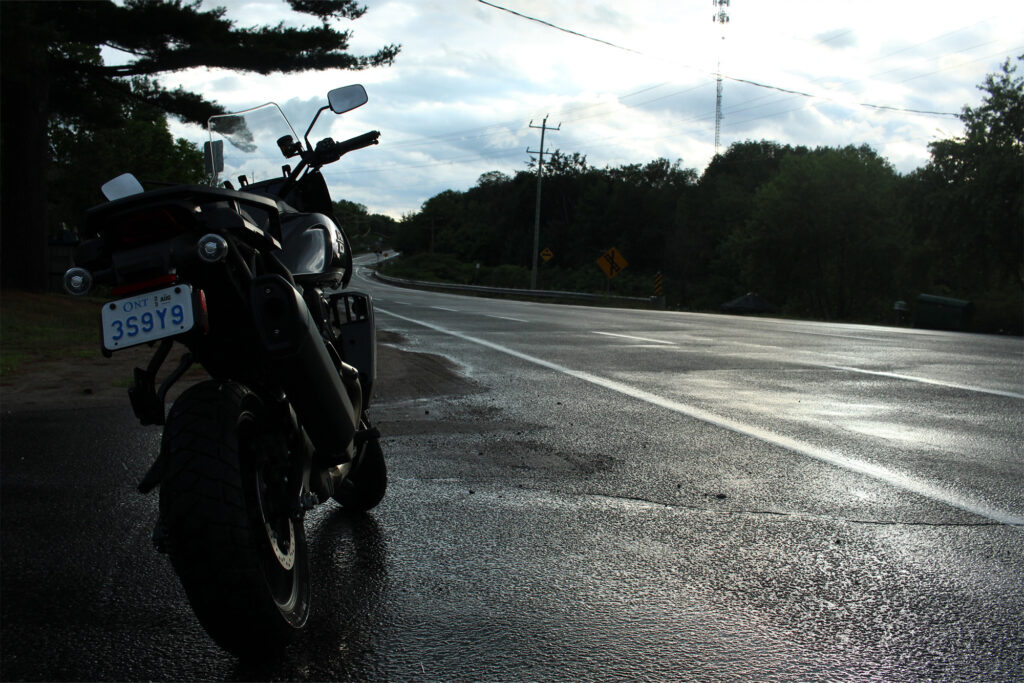
With a sticker price of $25,499, Harley’s Pan America’s primary audience will always be the existing brand-faithful who are looking to venture to new places, but don’t discount it as just that. Harley-Davidson’s engineers did great work here, and the Pan America is a worthy contender.
Learn more about the Harley-Davidson Pan America here.
